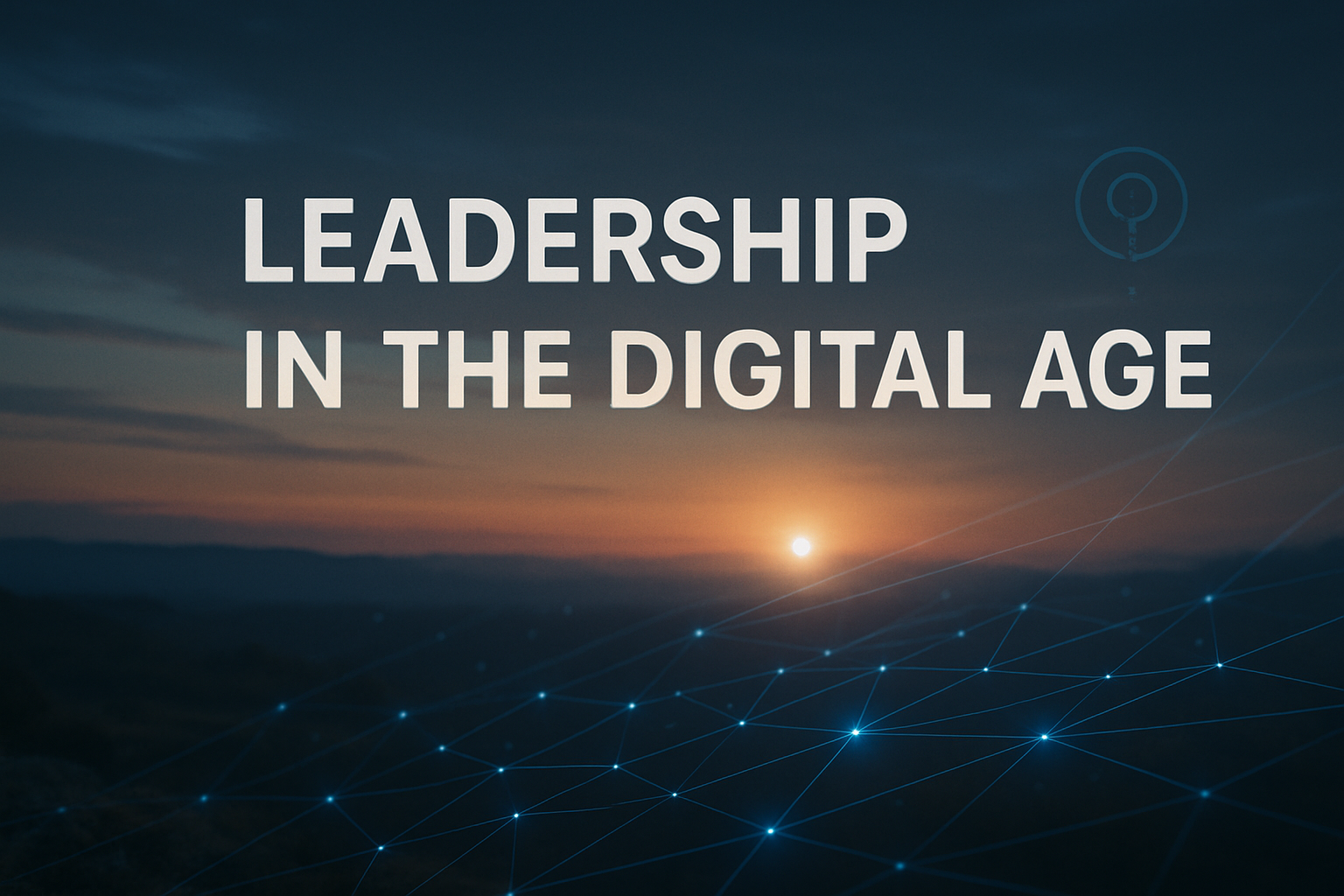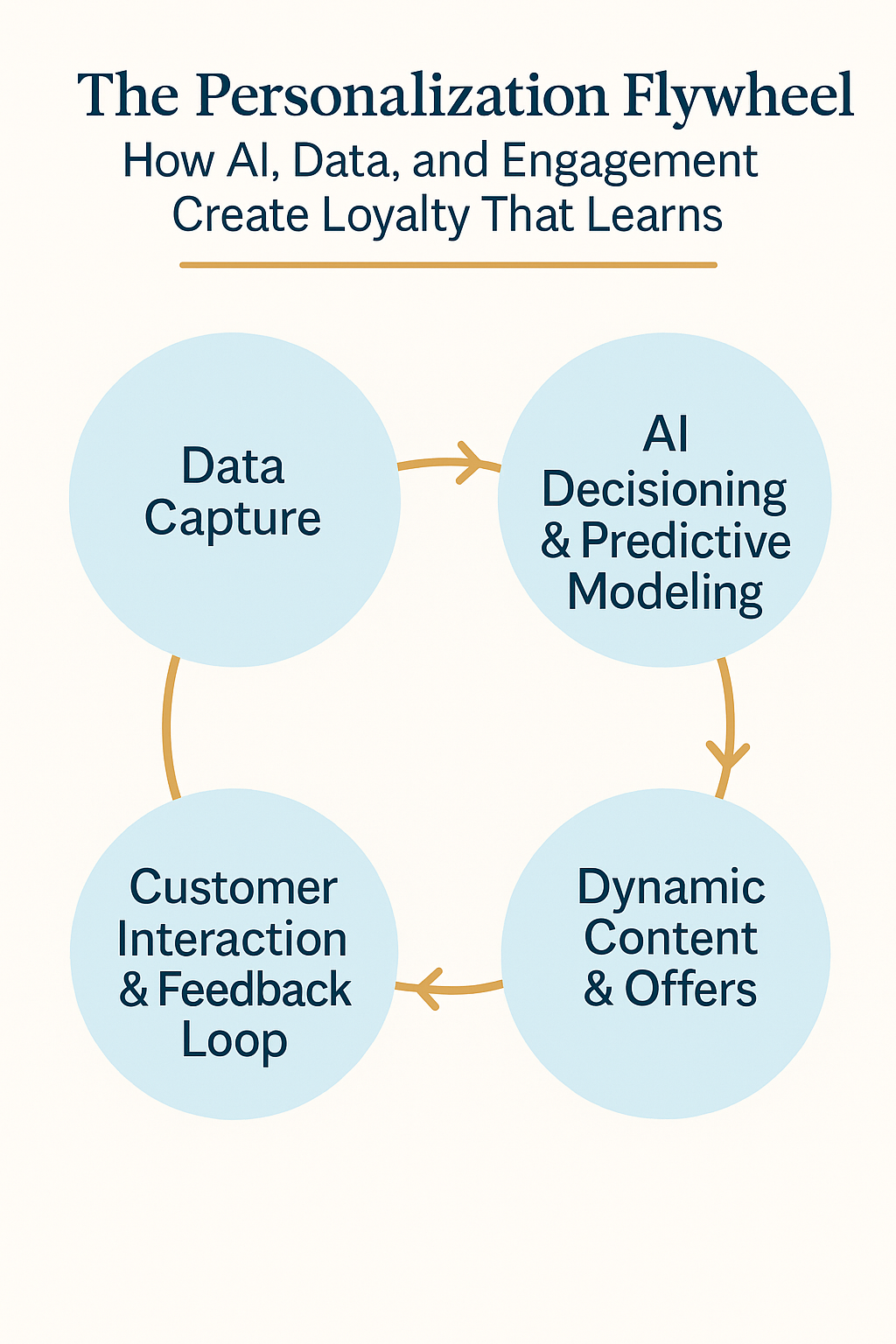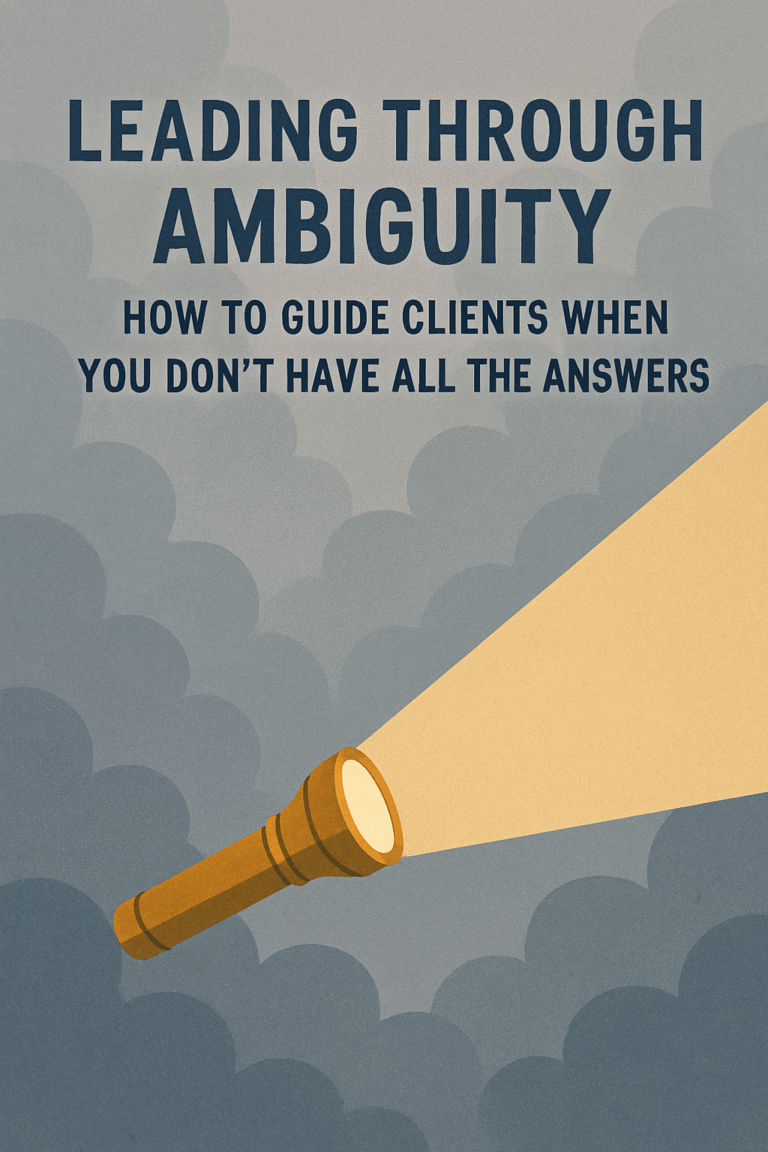Introduction: Beyond Points and Perks
Over the past two decades, I’ve seen loyalty evolve from transactional programs into powerful engines of enterprise value. What began to reward purchases has become an essential strategy for sustainable growth, competitive differentiation, and customer advocacy.
But loyalty today is not just a marketing function, it’s a strategic imperative. And it demands something deeper from leadership: a willingness to think long-term, break down silos, and commit to cross-functional orchestration. The brands that are winning in loyalty are doing so not because of clever promotions or flashy apps, but because their executive leaders treat loyalty as a business model and not a department.
This article is a reflection on that evolution, and a call to action for leaders who want to stop managing loyalty and start leading it.
1. Loyalty is a Leadership Strategy, not a Marketing Tactic
Too many companies still operate under the assumption that loyalty lives within marketing. But true loyalty, the kind that drives meaningful engagement, share of wallet, and long-term retention, starts at the top.
It requires executives to champion loyalty as a company-wide priority. This means aligning product, data, finance, and customer service to deliver a unified experience across the journey. When loyalty becomes part of the boardroom conversation, it begins to influence how organizations measure success: not just acquisition or short-term revenue, but customer lifetime value, engagement quality, and relationship depth.
In my own work, I’ve led executive-level planning across multi-million-dollar portfolios, and I’ve witnessed the shift that happens when loyalty stops being viewed as a cost center and starts being treated as a growth driver. When leaders start asking “How do we make customers feel understood?” instead of “How do we get them to transact?”, that’s when the real transformation begins.
2. The New Competitive Advantage: Executive-Led Personalization
Everyone talks about personalization. Few do it well.
Why? Because it’s not about inserting a first name into an email or sending a birthday discount. It’s about orchestrating the right content, offer, or experience at the right moment, with consistently and at scale. That takes more than tech. It takes top-down leadership.
Effective personalization is built on a foundation of clean, accessible data (especially zero- and first-party data), predictive models that evolve, and content systems that adapt in real time. But the real magic happens when executives foster a culture that supports experimentation, measurement, and iteration.
In my most recent leadership role, we began shifting toward AI-powered decisioning and zero-party data strategies to fuel dynamic content and next-best-action models. We didn’t just pilot new tools, we aligned teams across analytics, creative, and client strategy to build a personalization engine that learns from every interaction. And we backed it with a roadmap that had leadership buy-in.
That’s what it takes. Without executive alignment, personalization becomes a fragmented effort. With it, it becomes a competitive moat.
3. Translators Win: The Leadership Skill Most Overlooked
Some of the most powerful moments in my career came not from leading a project, but from bridging two worlds.
Executive leadership today requires more than subject matter expertise. It requires translation: the ability to connect business goals with technical execution. To hear a client’s pain point and help the product team interpret it. To take a data model and turn it into a compelling value story for stakeholders.
I’ve often said my career is built on translation. Starting in software and systems, moving into project leadership, and ultimately owning strategic client relationships, I’ve learned how to speak the languages of tech, business, and marketing. That “gray zone” is where innovation happens, and it’s where too many leaders hesitate to step in.
But the truth is, that’s where leadership is needed most. Not in the clarity of silos, but in the ambiguity of integration.
4. Loyalty Doesn’t Scale Without Empathy
You can’t model loyalty in a spreadsheet. You can’t automate trust. At some point, strategy comes down to human connection.
That’s why executive empathy is not a “soft skill”, it’s a strategic one.
When I led teams responsible for enterprise loyalty platforms, I wasn’t just thinking about ROI, I was thinking about client politics, team burnout, user friction, and the broader vision of what we were trying to build. Empathy helped me navigate the nuances. It made me a better leader, a better listener, and frankly, a better seller.
Because people don’t just buy products. They buy into people, into confidence, into vision. When you lead with empathy, you earn the right to influence outcomes.
5. Strategy Is a Loop – Not a Line
Finally, the most important leadership shift I’ve seen is this: strategy isn’t static. It’s a feedback loop.
In loyalty, especially, we learn from every action. A redemption, a click, a complaint, it’s all insight. The best leaders don’t just set strategy and walk away. They create systems that learn, evolve, and close the loop between action and impact.
That’s why AI and analytics are such game changers in loyalty. When paired with the right organizational mindset, they turn engagement into intelligence. They help us personalize smarter, adapt faster, and lead with relevance.
I’ve helped architect these feedback loops, through dashboards, VOC programs, iterative pilots, and client workshops. And I’ve seen how executive attention to these systems unlocks not just performance, but transformation.
Closing: Loyalty Starts with Leadership
The future of loyalty isn’t in your points engine or your mobile app. It’s in how your leaders think, prioritize, and empower teams to act.
It’s in the courage to challenge silos, invest in intelligence, and lead with empathy.
And for those of us with a career built on bridging strategy and execution, this is the moment we were made for.






